I hate to be the Cassandra here, but what you're trying to do is fraught with sources of error.
- To start off, you need to know accurately the performance of your receive antenna, gain as function of receive angle, in both azimuth and elevation, at your frequency of interest. You might be able to simplify this part of the problem by constraining the transmit and receive antennas to be in the same plane, in which case you would only need to know the receive antenna pattern along a single azimuth cut through the antenna pattern.
Calibrated antennas that provide this type of information are available commercially (such as standard gain horns) but they are not cheap.
Next, you need to make sure that you are only measuring the direct path from the transmit to the receive antenna. Any reflections from objects alongside of or behind your transmit and receive antennas will corrupt you measurements. This where RF absorber comes in. This is judiciously placed around (but not in front of) your transmit and receive antennas to absorb and attenuate any RF energy that's not in the direct path between the antennas.
You need to make sure there are no other sources of RF energy that could corrupt your measurement. Even a cell phone could create an error.
Along with #3, you need to make sure that your receiver properly filters and/or bandwidth limits the incoming frequency so that just the energy from the transmit antenna is being processed.
More as I think of them...
Added some cartoons
Here's en example illustrating the first problem. These two cases are going to measure significantly different amounts of power at Ant 2. They can be normalized, but only if you know the radiation pattern of both antennas.

This cartoon shows how reflections (multipath) can impact the measured power level.



